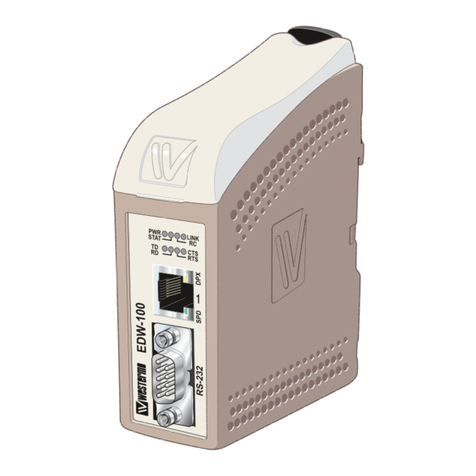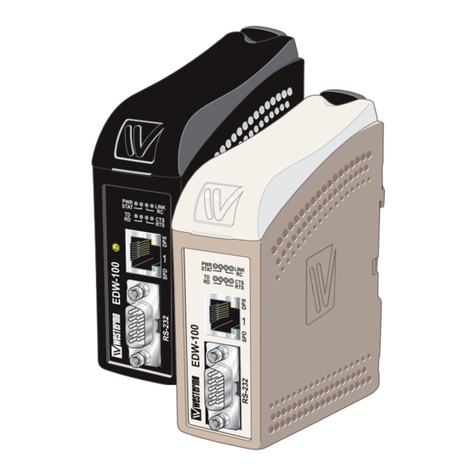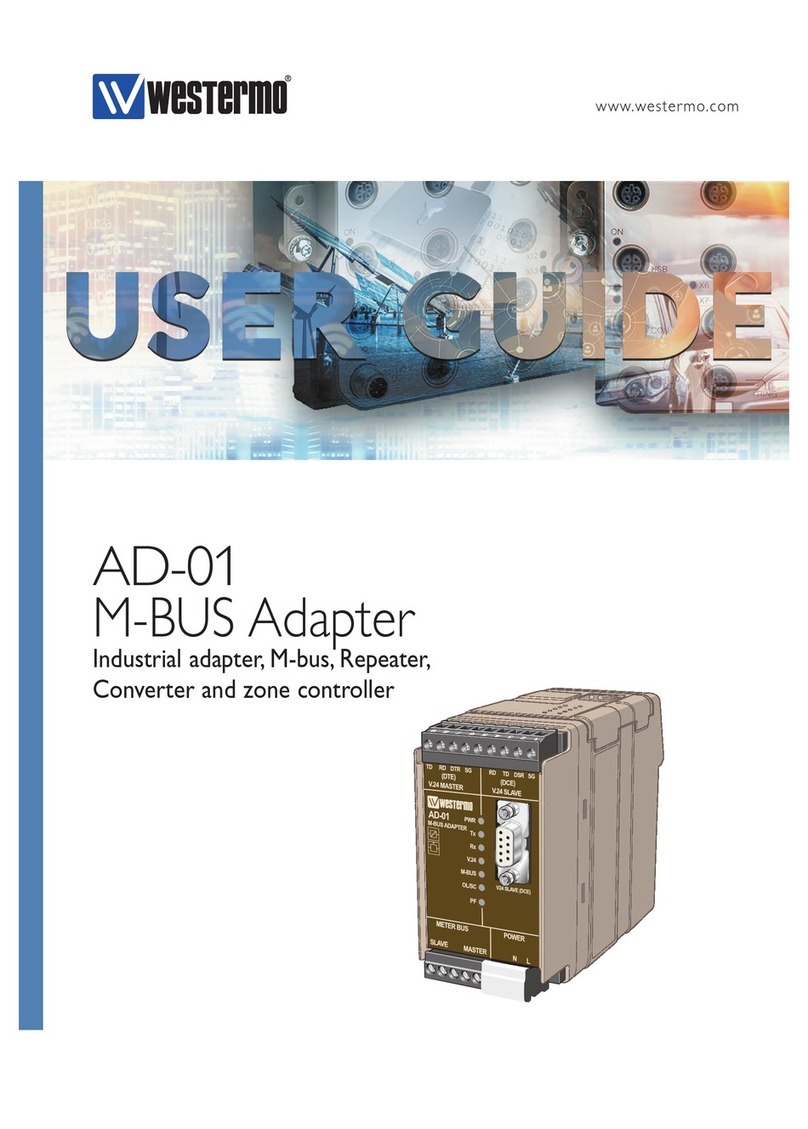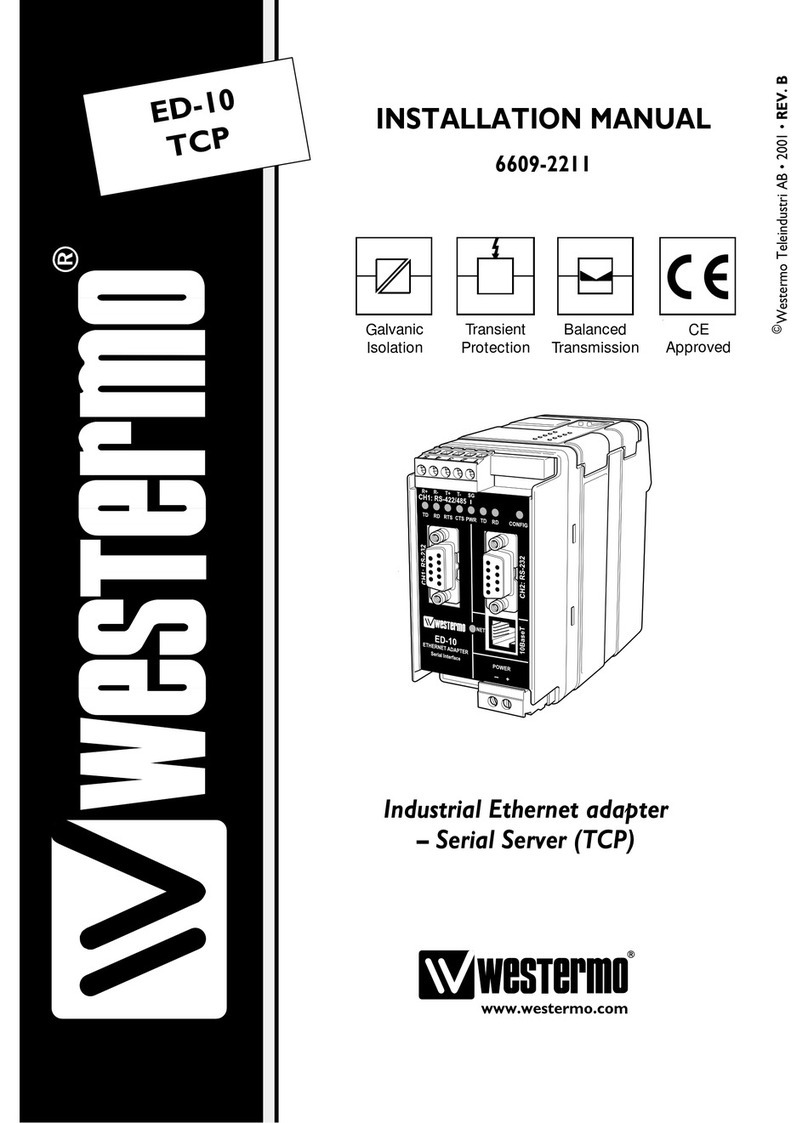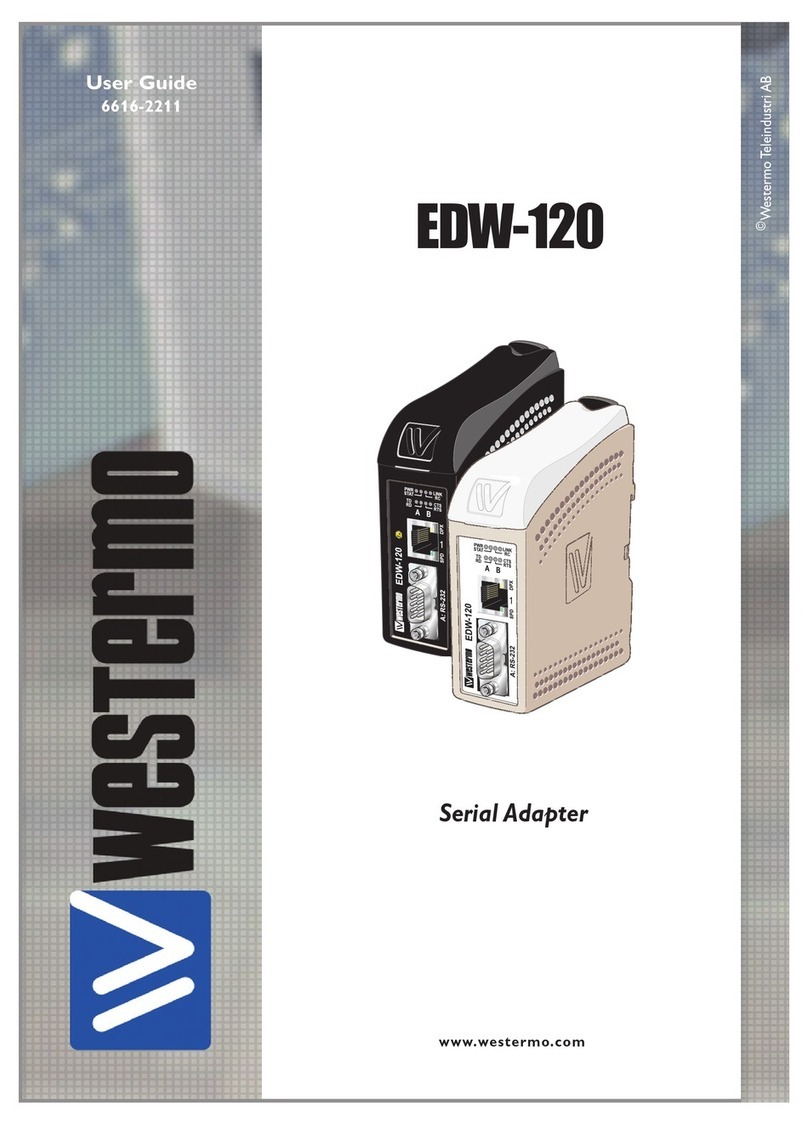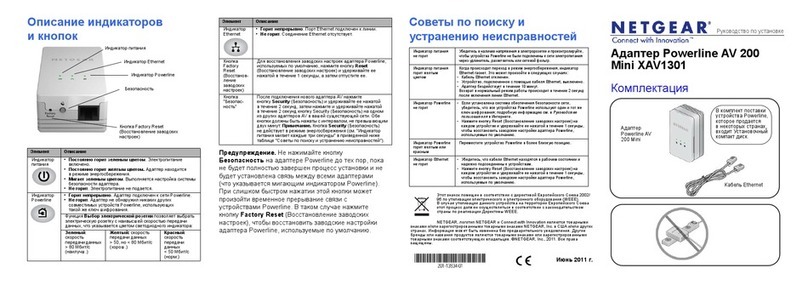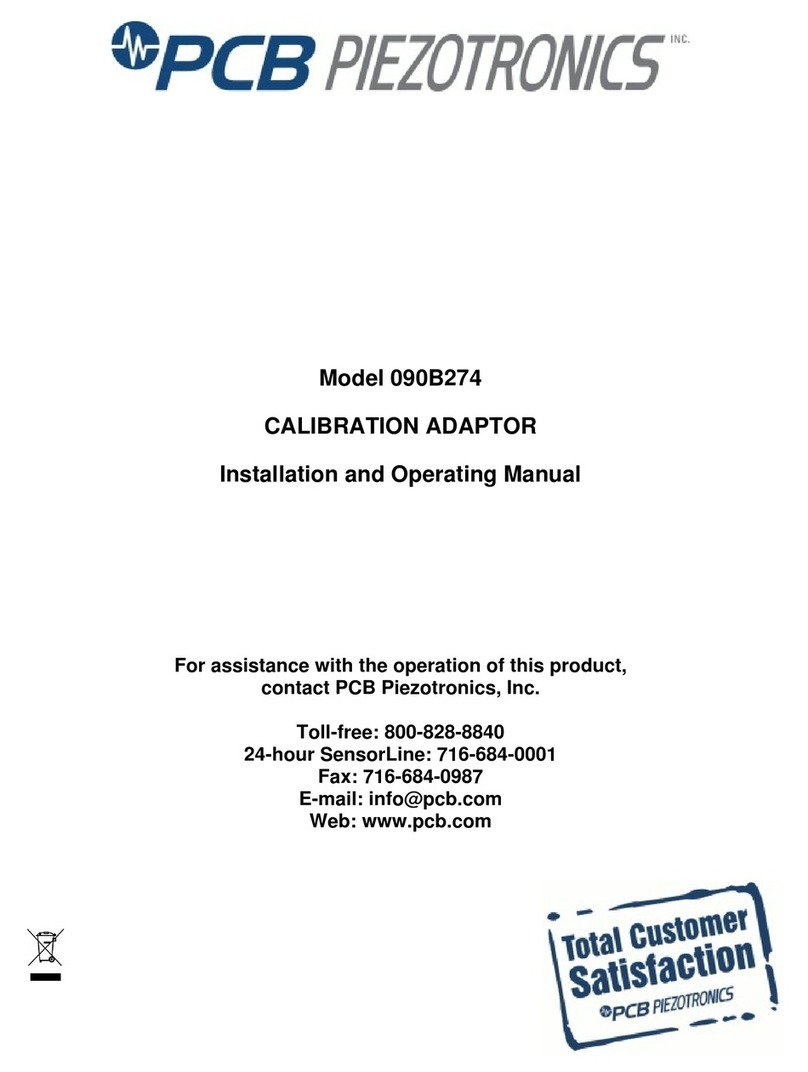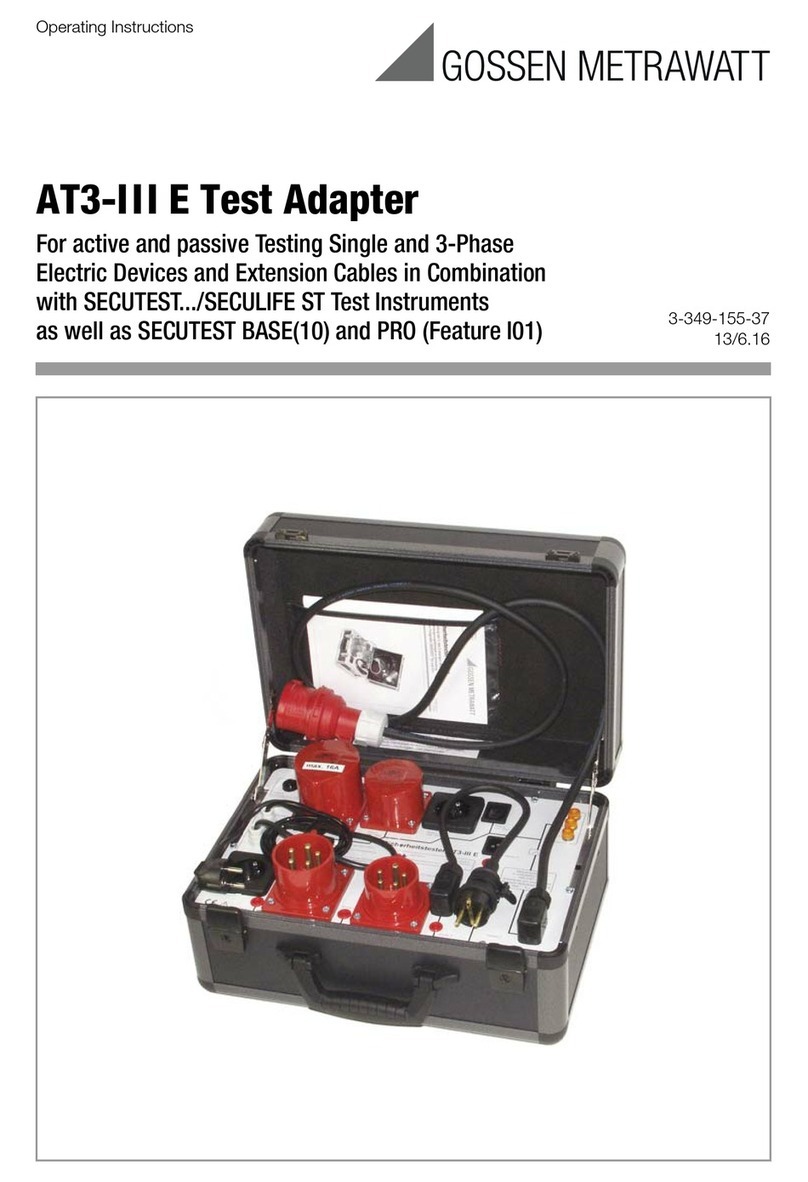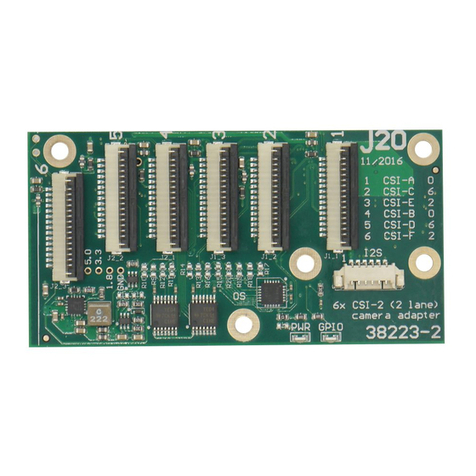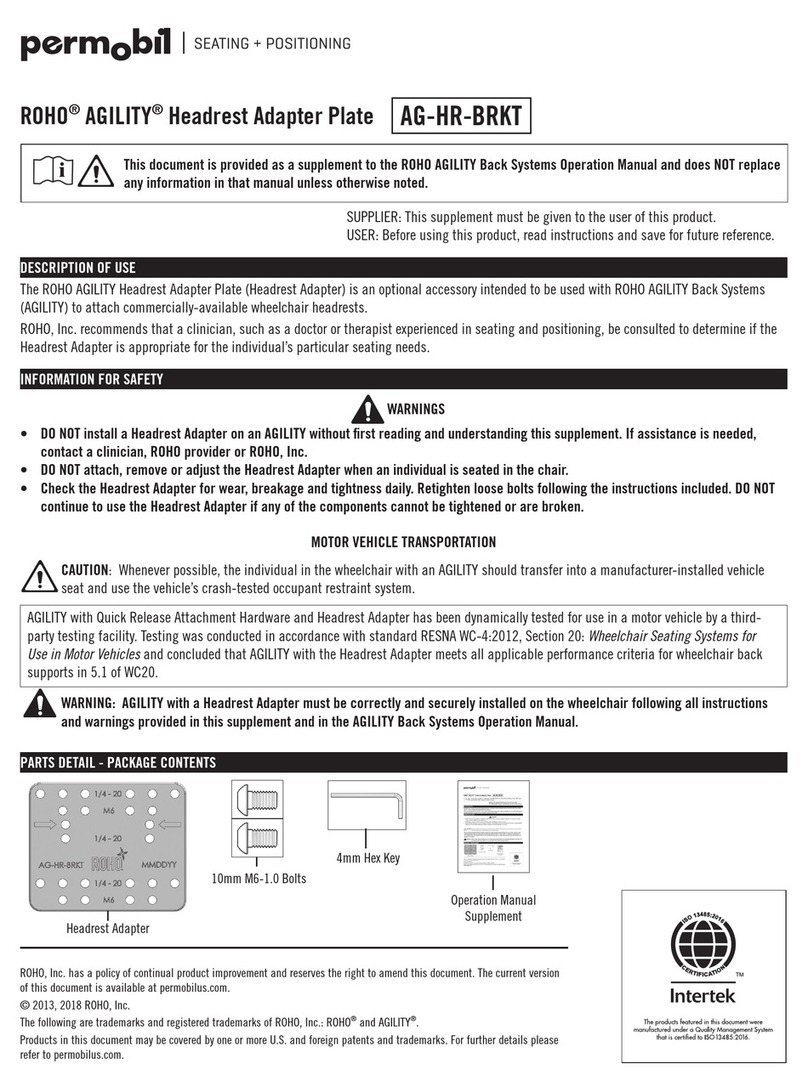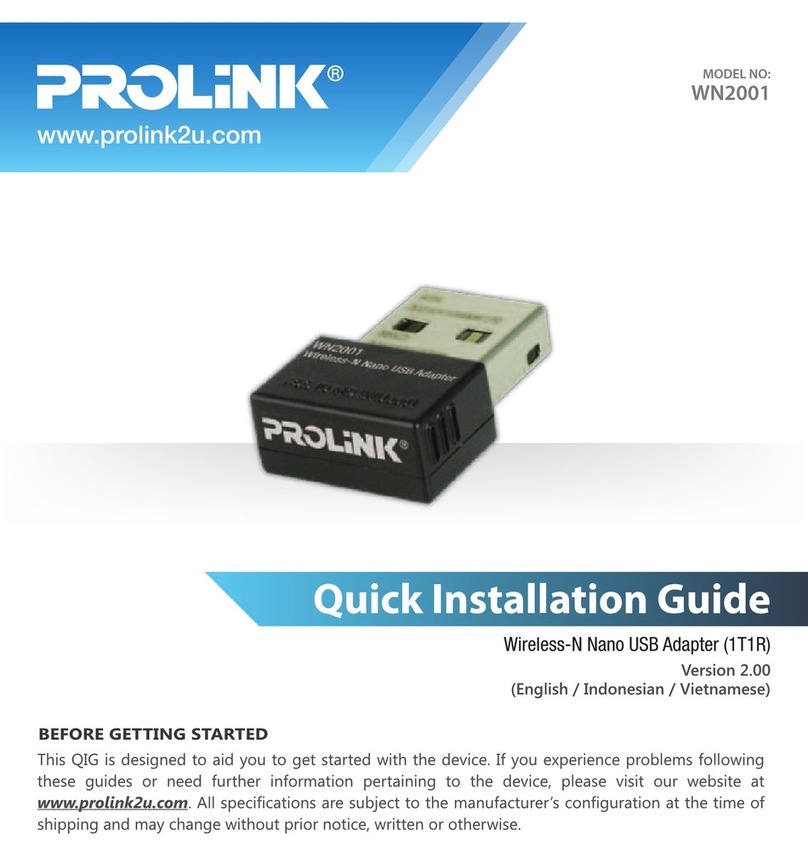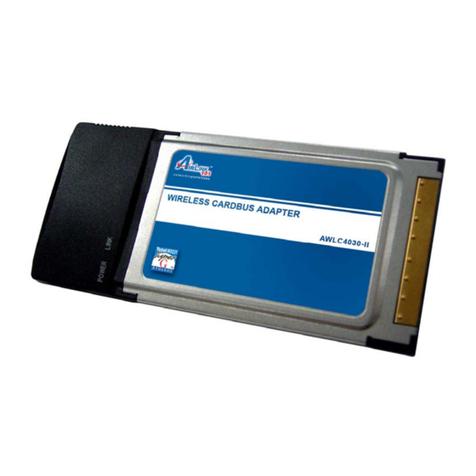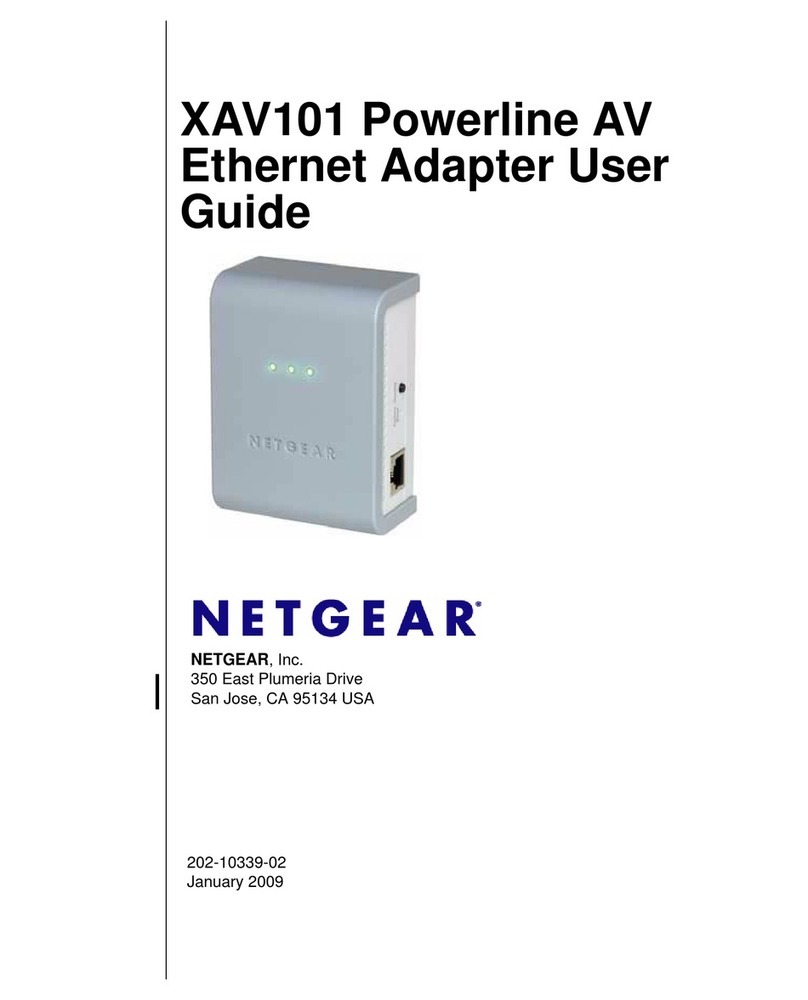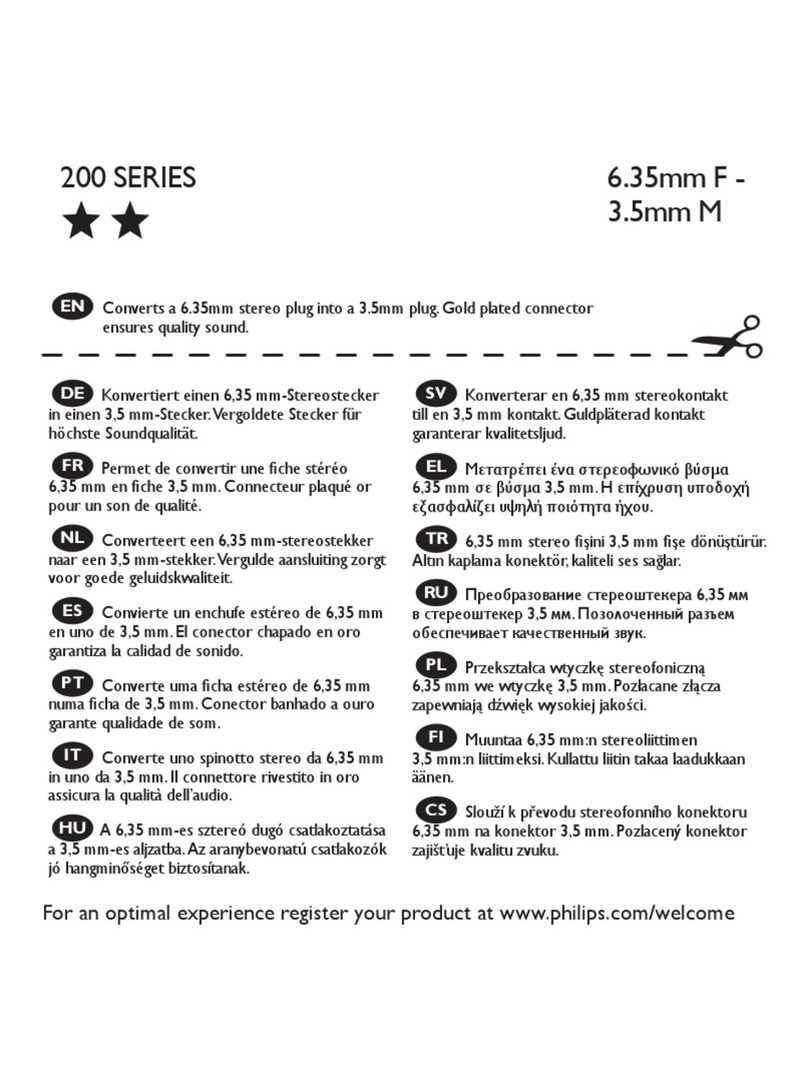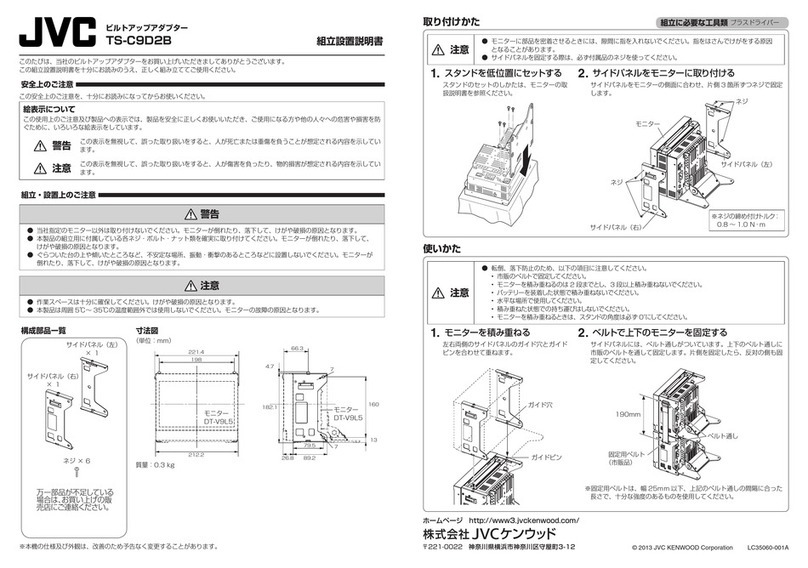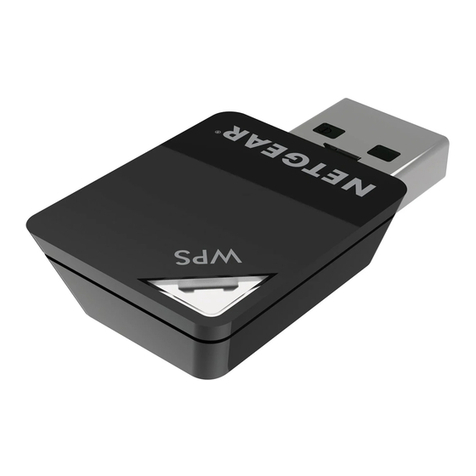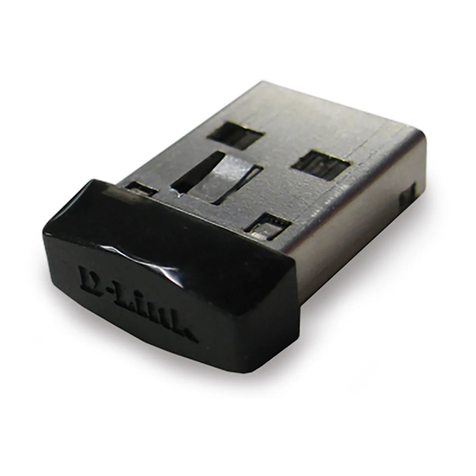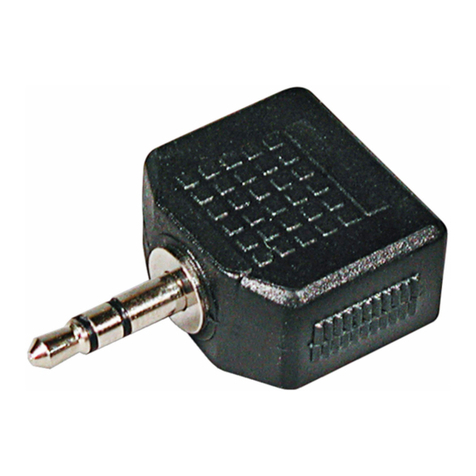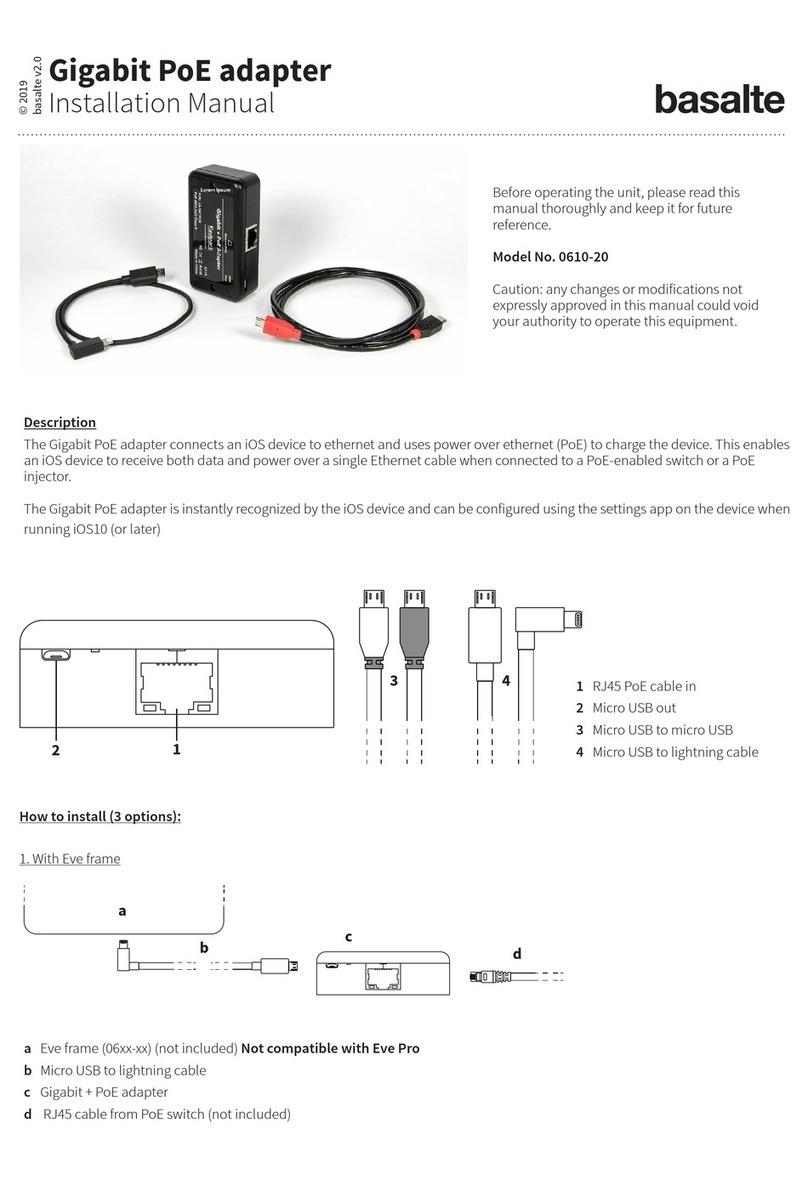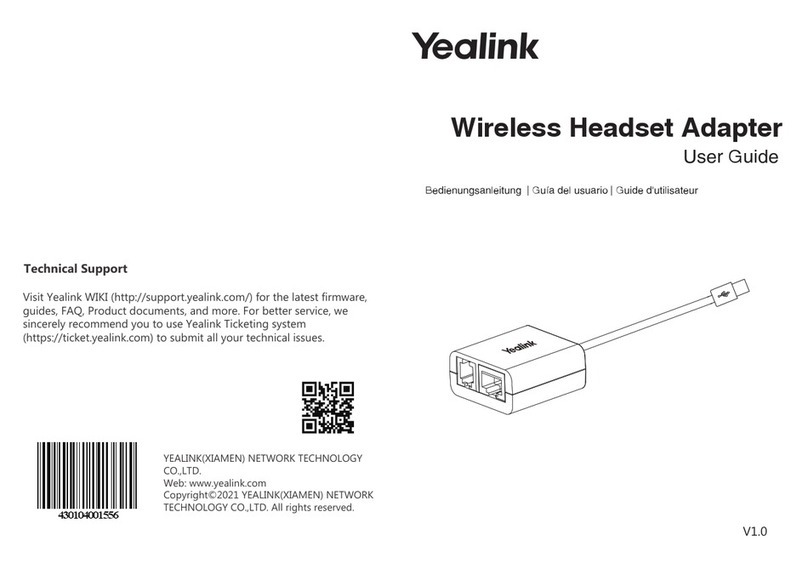
86620-2200
Description
The Westermo IDW-90 is an industrialised ISDN Terminal adapter. This Terminal adapter
has been developed with high speed industrial data communications in mind and has
some features you would not expect to find on normal adapters.
The unit is DIN rail mounted and has both an RS-232/V.24 and RS-485 interface sup-
porting both 2 and 4 wire connections.
Terminal data rates of up to 230 kbit/sec can be handled with a 128 kbit/s ISDN B-chan-
nel bit rate.
The IDW-90 has been designed to meet the European ISDN standard DSS1. All stand-
ard ISDN transport protocols are supported including HDLC transparent, V.110 asyn-
chronous, X75, PPP and ML-PPP.
In the IDW-90 has a also an analogue V.34 modem been included allowing communica-
tion with analogue modems over the ISDN. The IDW-90 can be configured to automati-
cally select if analogue modem shall be used to reach the called location.
The combination of analogue and ISDN modem and V.110 protocol support makes the
IDW 90 especially suited for mixed environments there an ISDN connected modem shall
be reached from ISDN, analogue and GSM networks .
A watchdog facility continually monitors the power supply and internal hardware as well as
the operational software. In the event of a problem the modem automatically resets. This
feature has been included to make the unit more suitable for use in unmanned locations.
The modem also has password protection, dial-back security and caller ID answering to
ensure that only authorised users can communicate with the modem and any connected
equipment.
The IDW-90 also has a single digital input and output relay. The input and output can
be used to trigger, or be triggered by a number of different user defined events. Both the
digital input and output are galvanically isolated from the rest of the modem.
For ease of setup the modem is supported by the Westermo IDW-tool configuration
software but also has DIP switches to assist configuration. Drivers for Windows setup
are also supplied.
… Connection to analogue telephone modems
… DTE data rate up to 230 kbit/s
… ISDN data rate up to 128 kbit/s (ISDN)
… Analogue data rate up to 33.6 kbit/s (V.34)
… ISDN leased line support
… Generic I/O inputs
… Generic Relay output
… DTR/TX and I/O event trigged dialling
… Secure connection and dial-back
… Remote configuration
… Configuration by DIP-switches
… Event trigged SMS-message transmission.
… Industrial and railway level of protection
… Polarity independent AC-/DC-supply
… Galvanic isolation (Power supply – ISDN – I/O – Serial interfaces)
… Built in watchdog
